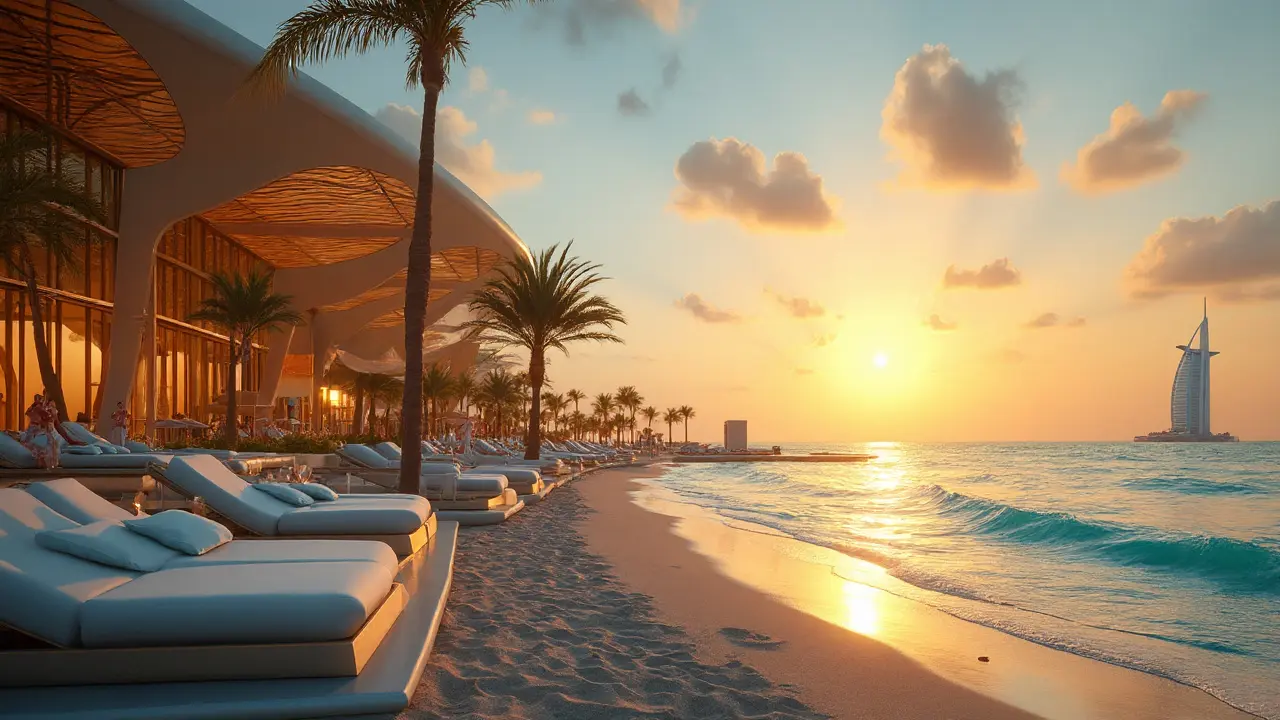Discover Dubai's most visually stunning beach clubs, where cutting‑edge architecture meets luxury amenities. Learn about style, location, and the experience each venue offers.
Spectacular Architecture in Dubai: What Makes It So Memorable?
Dubai isn’t just about luxury hotels and nightlife – its skyline is a playground for architects. When you walk down Sheikh Zayed Road or cruise the Marina, you’re surrounded by towers that push the limits of height, shape, and material. This guide gives you the quick facts you need to appreciate the city’s most talked‑about buildings and shows how you can see them up close without feeling lost.
Must‑See Landmarks and Why They Stand Out
First stop: Burj Khalifa. At 828 m it still holds the world record, but the real draw is its sleek, tapering form that looks like a desert flower. The observation deck on level 148 lets you see the whole city, and you’ll notice the brushed glass that reflects sunlight in a way that makes the tower sparkle.
Next, head to the Palm Jumeirah’s Atlantis. Its wave‑shaped silhouette isn’t just for show – the design reduces wind pressure and creates a dramatic backdrop for the hotel’s waterpark. Inside, the atrium uses a giant aquarium wall, turning a simple lobby into an underwater experience.
Don’t overlook the Museum of the Future. Its torus‑shaped exterior looks like a giant ring floating in the desert, and the stainless‑steel cladding gives it a futuristic glow at night. Inside, the exhibition spaces are arranged in a spiral, making the visitor journey feel like a walk through time.
How to Experience Dubai’s Architecture Like a Local
Skip the pricey guided tours and try a self‑guided walk. Start at the Dubai Mall, then cross the bridge to Burj Khalifa – you’ll get great angles for photos when the sun is low. Bring a refillable water bottle; the desert heat can sneak up on you even in the early evening.
If you love rooftops, the Level 43 Sky Lounge on Sheikh Zayed Road offers an affordable view of the skyline. Order a tea and watch the city lights flicker on as the towers change colors. It’s a perfect spot to notice how each building’s lighting scheme adds to the overall vibe.
For a deeper dive, visit the Dubai Architecture Week events (usually held in March). Workshops there teach you about sustainable design, and you can talk to the architects behind projects like the Cayan Tower, famous for its 90‑degree twist.
One tip many tourists miss: the older Al Fahidi Historical Neighborhood. Its wind‑towered houses show a different side of Dubai’s design heritage, reminding you that the city’s love of innovative architecture isn’t new.
When you’re done exploring, take a moment to compare the old with the new. The contrast between the simple, wind‑cooled homes and the towering glass giants highlights how Dubai blends tradition with cutting‑edge tech. That mix is what makes its architecture truly spectacular.
Ready to see Dubai’s skyline with fresh eyes? Grab your phone, charge it, and start snapping. Whether you’re after Instagram‑worthy shots or just a quiet moment to admire the engineering, the city offers something for every curiosity.

